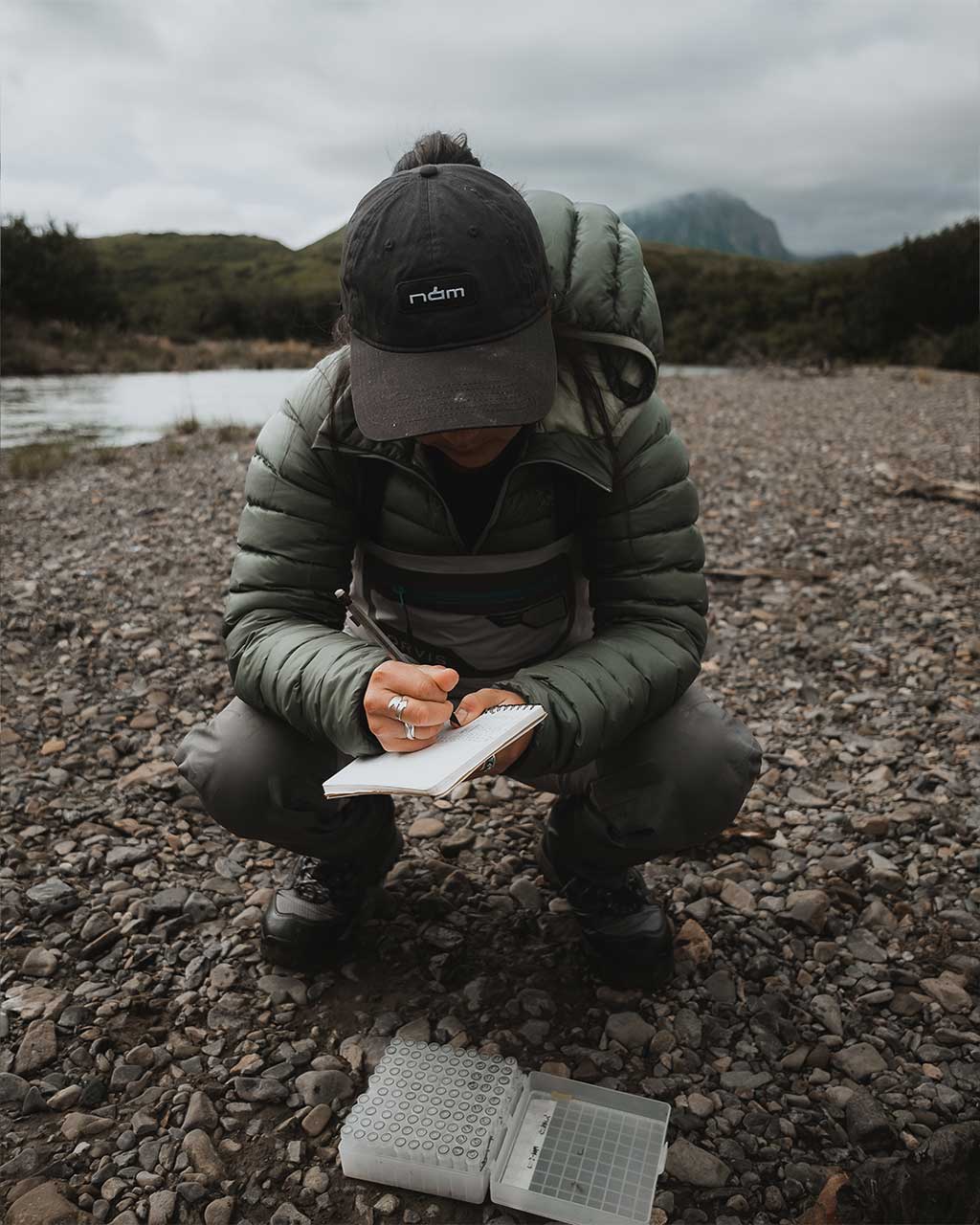Hypothesis
From the moment we set eyes on our favorite run, we are participating in the study of salmon. Our hypotheses are interrogations of the ecosystem. The turbulent confluence of data along innumerable information streams.
Slipping into the river, we see the current split across cobbled bars, and drop from steep ledges. We know the fish are pushing on the tide, and we can tell by interpreting the data presented where our first cast will be aimed. Of course, there is never any guarantee that our results will satisfy our calculated attempts at touching fish.
After hours of swinging our way down the bank, a slow desperation claws through leaky waders and pruned fingers. The sensation of having missed a key observation. The impossibility of addressing every variable in one afternoon. Or was the question itself misguided?
Dirty Work
Sockeye salmon are most charismatic in the brief window before and after death. The chaos of a generation being buried in fine gravel. The networks through which copious biomass is disseminated through a watershed.
For any observer, this moment demands a reaction of all senses. Elementally violent, there is no reprieve from the abundance of death. And above all, the bizarre tranquility elicited from witnessing an ecosystem functioning in unaltered form.
It is impossible to observe without partaking, and there is prolific bounty within the smallest crevices of a dying fish. With no space for moral objection or neutrality, we descend upon the beaches fully armed. With purpose, we extract the small calcium carbonate deposits from the skulls of dead fish.
Each carcass is unique. A continuum of decay. You learn the feel of maggots under skin.
Writen by: Cirque Gammelin
Researcher of freshwater ecology of Pacific salmon in Chignik, Alaska

